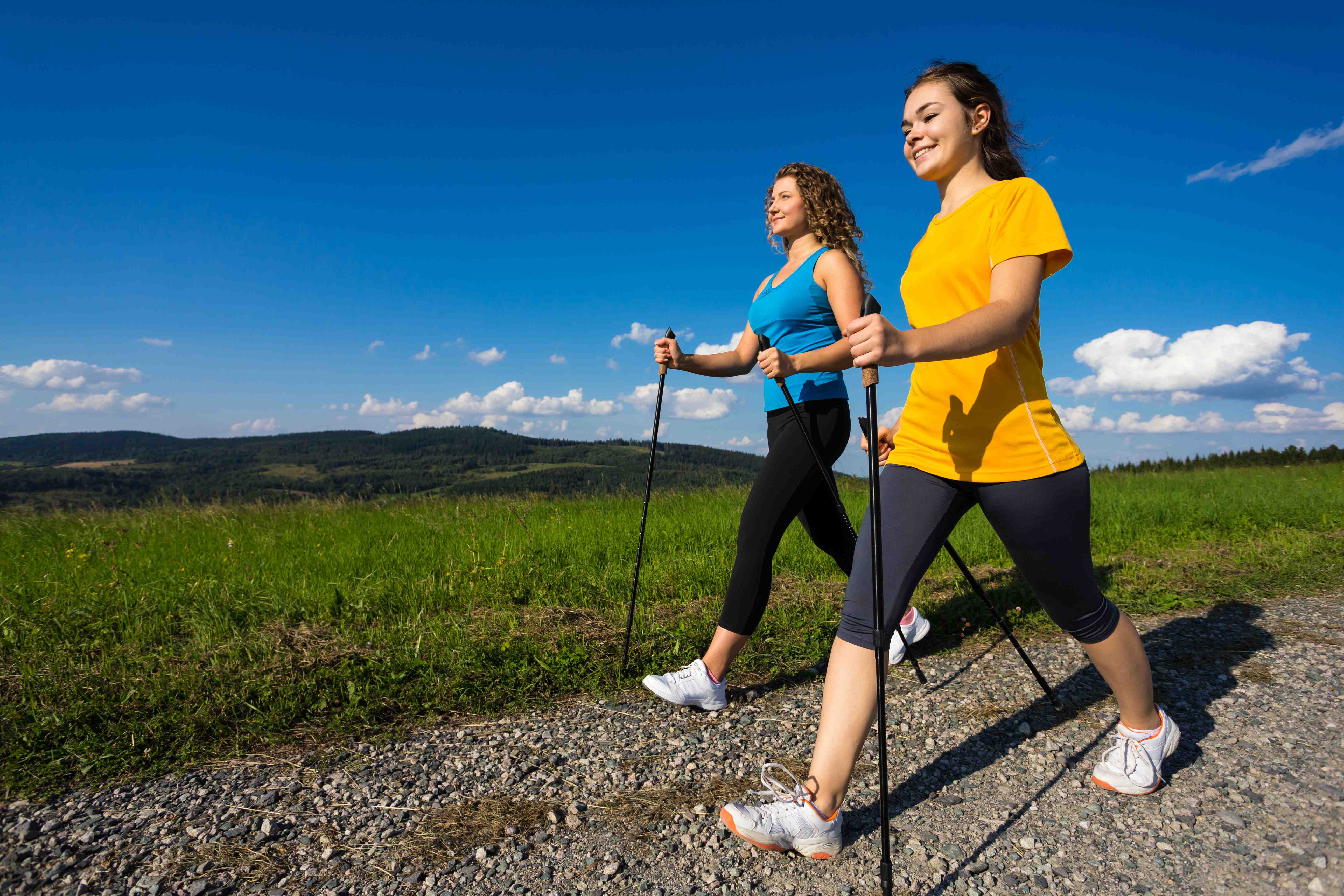
Walking on world day for physical activity
April 6 : World day for physical activity.
Most doctors and health professionals recommend walking when prescribing exercise to their patients, however, it may NOT be the best exercise. If we make a small physiological and biomechanical analysis of what means to walk, you may find more harm than good.
Physiologically walking is NOT, for most people, a sufficient stimulus to generate adaptations physiological, ie the various systems and devices involved in the exercise, such as the cardiovascular, respiratory, and metabolism, no come to suffer a level of sufficient stimulus to improve our level of fitness. With respect to locomotor when walking, suffers impact and overloading the joints, which is much more pronounced in people with obesity or overweight, over time, we need to invest lots of minutes to get an adequate volume of training and this is because of poor adherence to training programs, and it takes a considerable time every day. All these features make the WALK, one of the most “poor” exercises to keep fit time.
However, why doctors strongly recommend WALK? The act of walking at least 30 minutes a day, takes us out to belong to a type of population with high health risk, which is the sedentary population, and puts us in a ACTIVE population.
These 30 minutes of daily physical activity, we provide sufficient benefits to suffer many fewer illnesses than the sedentary population and if these 30 minutes are still some small patterns may produce different effects on our health as:
– Reduce cardiovascular disease
– Improving Hypertension
– Improving our lipid profile
– Improved resistance to insulin in diabetic patients
– Prevents certain types cancers, such as colon
It could help you for:
– Lowering blood pressure in hypertensive patients
– Enhance the feeling of depression and anxiety
– The formation and maintenance of bones, muscles and joints
– The development of strength and agility in the elderly to increase their ability to move without falling
and generally provides a sense of physical and psychological wellbeing.
The Physical activity is considered any activity which involves the movement of our muscles and carries an energy consumption, ie virtually everything we do during the day. Daily Physical Activity is closely related to our lifestyle, we must ensure an active way of life, where not abuse the amenities that gives us the technology and we use more body and movement to maintain an optimal level of functioning.
We distinguish three concepts that we sometimes use interchangeably and yet maintain the nuances that are quite different. Not the same PHYSICAL ACTIVITY, which EXERCISE, or TRAINING.
– The PHYSICAL ACTIVITY, as we have said is any sign of movement we make through our muscles and is directly related to our lifestyle (sedentary or active).
– The Exercise is physical activity structured, repetitive and having a physical object itself.
– The TRAINING is an exercise plan, it is a broader concept, which requires a more complex planning, where an initial assessment of fitness, nutrition, an approach goals and a constant reassessment of the plan is included. Should we allow ourselves advice from professionals in the field of health and physical activity to keep our body fit.
However, and so you can start moved away, here are the positions of the World Health Organization concerning the practice of Physical Activity Referral.
– Children aged 5-17 years should invest at least 60 minutes of vigorous physical activity intensity, whether this activity is greater than 60 minutes, it will report more health benefits for children.
– Adults 18 to 64 years, we recommend at least 150 minutes per week of practice aerobic physical activity of moderate intensity or 75 minutes of vigorous activity each week. As children, if we double the time will report more health benefits. It is also recommended that at least three days per week do work involving grades strengthening muscle groups.
– Adults over 65 should spend 150 minutes per week of moderate aerobic physical activity performed or any strenuous activity for 75 minutes a week. In this population is important to the work of maintaining and improving strength, especially in lower extremities, as they are the true limiting their autonomy and the tool avoid falls.
José Antonio Martín Hidalgo
– Bachelor of Science in Physical Activity (health specialist)
– Master of Research in Science of Physical Activity
– Responsible for consulting and Nutrition Exercise Prescription Hospital Vithas International Medimar




